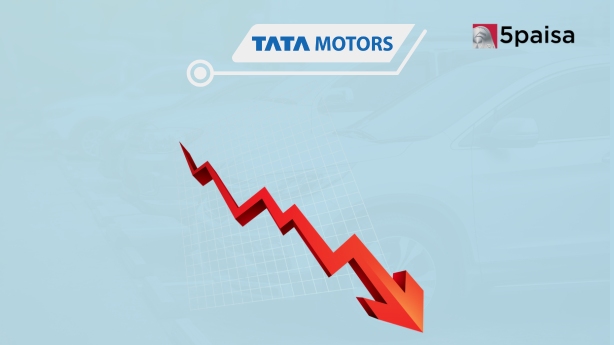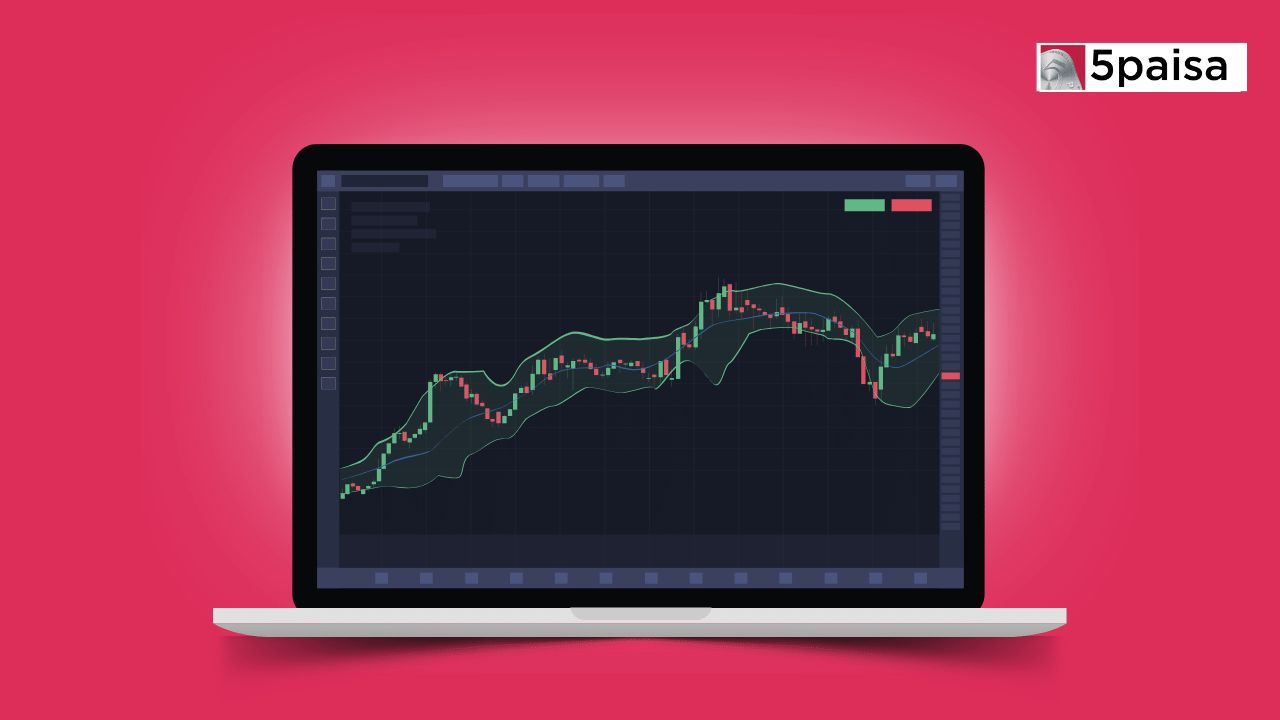iThe current values are delayed, open demat account for live values.
Nifty Smallcap 50
Nifty Smallcap 50 Performance
-
Open
7,618.80
-
High
7,713.20
-
Low
7,510.90
-
Prev Close
7,625.95
-
Dividend Yeild
1.04%
-
P/E
23.8
Nifty Smallcap 50 Chart

Color code for Stocks Performance
- 5% and above
- 5% to 2%
- 2% to 0.5%
- 0.5% to -0.5%
- -0.5% to -2%
- -2% to -5%
- -5% and below
Constituent Companies
| Company | Market Cap | Market Price | Volume | Sector |
|---|---|---|---|---|
| Atul Ltd | ₹16183 Cr |
₹5500
(0.36%)
|
47958 | Chemicals |
| Blue Star Ltd | ₹39332 Cr |
₹1913.75
(0.37%)
|
531239 | Consumer Durables |
| CESC Ltd | ₹18101 Cr |
₹136.56
(3.31%)
|
5949649 | Power Generation & Distribution |
| Aditya Birla Real Estate Ltd | ₹22993 Cr |
₹2062.45
(0.24%)
|
190458 | Paper |
| Finolex Cables Ltd | ₹13994 Cr |
₹914.95
(0.87%)
|
479550 | Cables |
Nifty Smallcap 50 Sector Performance
Top Performing
| Sector Name | Percentage Change |
|---|---|
| Ceramic Products | 0.01 |
| Dry cells | 2.46 |
| Real Estate Investment Trusts | 0.52 |
| Paints/Varnish | 0.6 |
Under Performing
| Sector Name | Percentage Change |
|---|---|
| Diamond, Gems and Jewellery | -1.56 |
| IT - Hardware | -0.49 |
| Leather | -0.67 |
| Healthcare | -0.4 |
Nifty Smallcap 50
The Nifty Smallcap 50 Index, launched on April 1, 2016, by NSE Indices Limited, tracks the performance of 50 high-performing small-cap stocks from the Nifty Smallcap 250 Index. These stocks are selected based on their average daily turnover and market capitalization, ensuring liquidity and relevance. Spanning 16 sectors, with Financial Services, IT, Chemicals, and Telecommunications dominating, the index provides a diversified representation of the small-cap segment in India.
It is reviewed semi-annually in January and July, with up to 10 stock replacements allowed annually. The index serves as a vital tool for benchmarking, ETFs, index funds, and other financial products, making it popular among investors seeking growth potential in small-cap companies.
What is the Nifty Smallcap 50 Index?
The NIFTY Smallcap 50 Index, launched on April 1, 2016, by NSE Indices Limited, tracks the performance of 50 small-cap stocks selected from the NIFTY Smallcap 250 based on average daily turnover and market capitalization.
Spanning 16 sectors, Financial Services, IT, Chemicals, Consumer Durables, and Telecommunications together represent nearly 70% of the index. It accounts for approximately 2% of the NSE’s float-adjusted market capitalization, with a traded value of 4.7%. The index is reconstituted semi-annually and is used for benchmarking, ETFs, index funds, and other structured products.
How is the Nifty Smallcap 50 Index Value Calculated?
The NIFTY Smallcap 50 Index value is calculated using the formula:
Index Value = Current Market Capitalisation / (Base Market Capitalisation * Base Index Value).
This formula captures changes in market capitalization over time relative to the base period.
The index undergoes a semi-annual review in January and July based on six months of data. Any changes to the index constituents, with a maximum of 10 stock replacements in a year, are implemented on the last trading days of March and September. This periodic reconstitution ensures that the index remains representative of the small-cap segment, reflecting the most relevant companies within the NIFTY Smallcap 250 universe. The process helps maintain the index's integrity as a performance tracker for small-cap stocks on the NSE.
Nifty Smallcap 50 Scrip Selection Criteria
To be included in the Nifty Smallcap 50 Index, companies must first be part of the Nifty Smallcap 250 and rank within the top 150 based on average daily full market capitalization and turnover over the past six months. From this eligible pool, 50 stocks with the highest 6-month average free-float market capitalization are selected.
A security will be included if its 6-month average free-float market capitalization ranks within the top 30 or if the non-member stock's free-float market capitalization is at least 1.5 times that of the smallest index member.
A stock will be excluded if its free-float market capitalization rank falls below 70 or if it is excluded from Nifty Smallcap 250. Additionally, if a stock’s average market capitalization or turnover over six months drops beyond rank 150, it will also be excluded.
How does Nifty Smallcap 50 work?
The Nifty Smallcap 50 Index tracks the performance of 50 small-cap stocks selected from the Nifty Smallcap 250 Index. Stocks are chosen based on their average daily turnover and market capitalization over the past six months. The index spans 16 sectors, with Financial Services, IT, Chemicals, Consumer Durables, and Telecommunications dominating the composition.
The index is reconstituted semi-annually in January and July, based on updated six-month data, with up to 10 stock replacements per year. This ensures that the index reflects the most relevant and high-performing small-cap companies. Changes, if any, are implemented on the last trading day of March and September.
The index is designed for use in benchmarking, ETFs, index funds, and other financial products, making it a crucial tool for tracking the small-cap segment of the Indian equity market.
What are the Benefits of Investing in the Nifty Smallcap 50?
Investing in the Nifty Smallcap 50 Index offers several advantages, especially for those looking to tap into the growth potential of small-cap companies in India. Small-cap firms typically have significant room for expansion, providing investors with high growth potential and the opportunity for substantial long-term returns.
The index is composed of 50 stocks spanning 16 different sectors, offering diversification and reducing sector-specific risks. This broad sectoral representation helps investors spread their exposure across the economy, which enhances stability in volatile market conditions.
Additionally, the Nifty Smallcap 50 reflects the top-performing small-cap companies selected based on their market capitalization and liquidity, ensuring the inclusion of quality stocks. Investors can also use the index to benchmark their small-cap portfolios, making it a useful tool for tracking performance.
Moreover, the index forms the basis for Exchange-Traded Funds (ETFs) and index funds, providing a low-cost and efficient way to invest in the small-cap segment. Regular reconstitution ensures that the index remains relevant by including only the most promising stocks.
What is the History of the Nifty Smallcap 50?
The Nifty Smallcap 50 Index was launched on April 1, 2016, by NSE. Its base date is April 1, 2005, with a base value of 1000. The index was introduced to track the performance of the small-cap segment, selecting 50 high-performing stocks from the Nifty Smallcap 250 Index based on market capitalization and turnover.
Since its inception, the index has become a key benchmark for the small-cap sector, representing various sectors of the economy. Over time, it has gained popularity for its potential to offer high returns and is widely used for benchmarking portfolios, launching ETFs, index funds, and other structured financial products. The index undergoes semi-annual reconstitutions to ensure it remains up to date with the best-performing small-cap companies.
Other Indices
| Indices Name | Price | Price Change (% change) |
|---|---|---|
| India VIX | 14.53 | -0.15 (-1.02%) |
| Nifty 10 Yr Benchmark G-Sec | 2477.38 | -3.81 (-0.15%) |
| Nifty 10 Yr Benchmark G-Sec (Clean Price) | 893.06 | -1.58 (-0.18%) |
| Nifty 100 | 23274.05 | -137.35 (-0.59%) |
| Nifty 100 Alpha 30 Index | 16085.8 | -230.85 (-1.41%) |
Faqs
How To Invest in Nifty Smallcap 50 Stocks?
To invest in Nifty Smallcap 50 stocks, you can either buy individual stocks from the index through a Demat account or invest in ETFs and index funds that track the Nifty Smallcap 50. These funds offer a convenient, diversified, and low-cost way to gain exposure to all 50 stocks in the index.
What are Nifty Smallcap 50 stocks?
Nifty Smallcap 50 stocks are the top 50 small-cap companies selected from the Nifty Smallcap 250 Index based on their average daily turnover and market capitalization. These stocks represent a diverse range of sectors and are considered high-growth potential companies within the small-cap segment of the Indian stock market.
Can you trade shares on Nifty Smallcap 50?
Yes, you can trade shares of companies listed in the Nifty Smallcap 50 Index directly through a Demat account. You can also invest indirectly by trading ETFs or index funds that track the performance of the Nifty Smallcap 50, offering a diversified approach to the small-cap market segment.
In which year was the Nifty Smallcap 50 Index launched?
The Nifty Smallcap 50 Index was launched on April 1, 2016 by NSE to track the performance of the top 50 small-cap companies in India.
Can we buy Nifty Smallcap 50 and sell it tomorrow?
Yes, you can buy shares of companies listed in the Nifty Smallcap 50 Index and sell them the next day, following regular stock market trading rules. This is known as BTST (Buy Today, Sell Tomorrow). You can also trade ETFs based on the index using the same approach.
Latest News

- Feb 21, 2025
Indian stock markets ended in the red as key indices faced pressure from auto and financial stocks. The Sensex fell 424 points to close at 75,311, while the Nifty slipped 117 points to end at 22,795. The sell-off was led by the auto sector, which tanked 2.5% following reports of a potential reduction in import duties on EVs.

- Feb 21, 2025
The ownership structure of India Inc. is experiencing a significant transformation, with foreign portfolio investors (FPIs) reaching their lowest stake in NSE-listed companies in 13 years. In contrast, domestic mutual funds (MFs) and retail investors are making substantial gains.

- Feb 21, 2025
Amid reports of senior executives departing Tata Motors Ltd. ahead of its planned demerger, the company’s stock faced significant selling pressure during Friday’s early trading session. Tata Motors' share price opened lower at ₹686 per share on the NSE and quickly dropped to an intraday low of ₹673.30 within the first hour of trading.

- Feb 21, 2025
Regulated entities must cultivate the necessary capabilities to adapt to and adhere to evolving regulations, stated Rajeshwar Rao, deputy governor of the Reserve Bank of India (RBI), on February 21. As financial institutions increasingly adopt artificial intelligence (AI), cloud computing, and API-driven finance, the demand for strong governance frameworks and risk management strategies has never been more critical, he noted.
Latest Blogs
Introduction to Ashish Kacholia Ashish Kacholia's financial journey began in the 1990s. He gained valuable experience at firms like Prime Securities and Edelweiss before founding Lucky Securities in 1995. In 1999, he co-founded Hungama Digital with Rakesh Jhunjhunwala, showcasing his ability to spot emerging trends.
- Oct 10, 2025

Navigating the numerous banking options in India is essential for individuals and businesses alike. The best banks in India go beyond traditional banking, offering a wide array of financial services that play a crucial role in the country's economic stability. From innovative digital banking solutions to comprehensive investment and loan offerings, these famous banks in India serve as reliable financial partners.
- Apr 14, 2025


Nifty Prediction for 24th February Another weak day for the NIFTY as it falls 0.6% and closes marginally below 22800. Auto stocks corrected sharply on concerns over a new EV policy that could increase competition. M&M was the top loser at -6%. TATAMOTORS also corrected 2.5%. ADANIPORTS AND WIPRO were among the other top losers. On the other hand, HINDALCO, SBILIFE AND TATASTEEL bucked the trend and were up 2-2.5%. ADR was weak at 0.3 and indicates a broadbased correction.
- Feb 21, 2025
